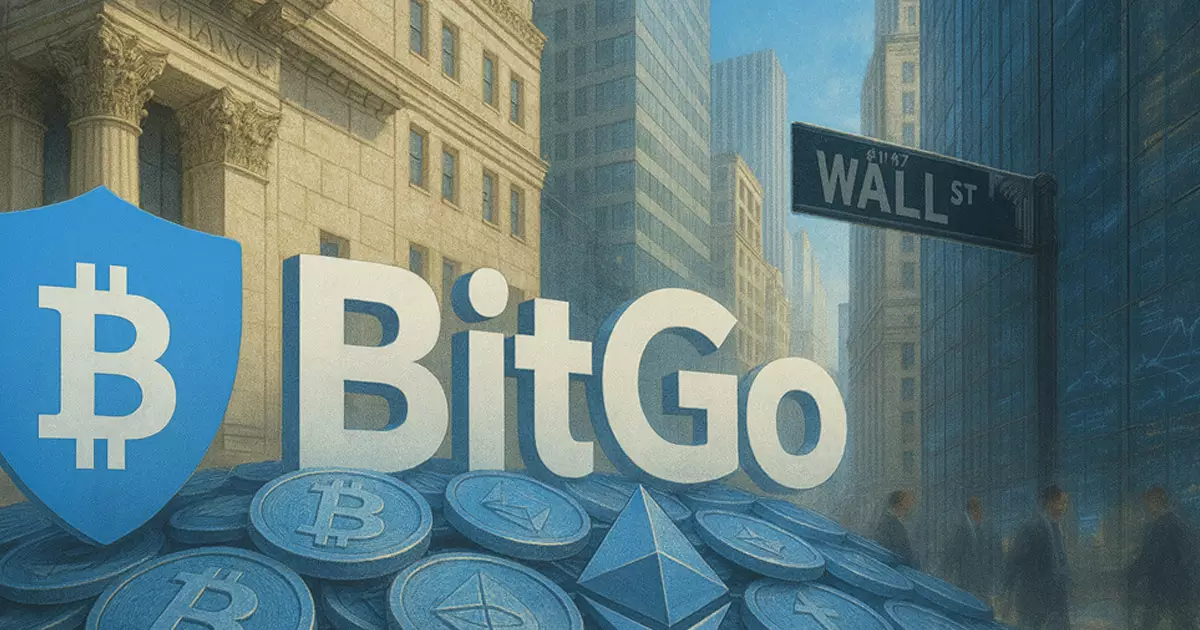BitGo’s recent S-1 filing has sent ripples through the financial and crypto communities, heralding a surge in optimism about institutional adoption of digital assets. The company’s forecasted revenue exceeding $3 billion in 2024, a tripling from last year’s figures, is undeniably impressive. However, beneath this façade of robust growth lies a fundamental question: how sustainable and genuine is this trajectory? While the figures seemingly suggest a maturing market, they may mask underlying vulnerabilities. The crypto industry has historically overpromised and underdelivered, often inflating growth figures to attract investor confidence. Even with the pandemic-driven surge and the lure of mainstream acceptance, the sector remains untested under prolonged economic stress. BitGo’s profitability in 2024 could be an inflection point, but it’s essential to critique whether this profit is the outcome of sound business expansion or a fleeting result of a bull market that may soon turn bearish. The company’s massive operating expenses—over $3 billion—raise eyebrows, hinting at a possible bubble that could burst if market conditions sour.
Implications of Going Public in a Volatile Environment
The decision to list on the NYSE, under the ticker “BTGO,” positions BitGo at a crossroads. Their dual-class share structure signifies a potent centralization of control, as key insiders and founders retain significant voting power. While this may safeguard strategic consistency, it sparks concern about governance accountability in a sector notorious for rapid pivots and overambitious projects. Moreover, the timing of the IPO amid turbulent macroeconomic conditions and the unpredictable regulatory landscape suggests a degree of recklessness or, at best, optimism bordering on imprudence. Institutional investors are increasingly scrutinizing exposure to crypto assets, which are still in a nascent phase and susceptible to regulatory crackdowns, especially in the US. The firm’s efforts to navigate regulatory frameworks—gaining approval in the EU and seeking a national bank charter—are encouraging, yet they also underscore the inherent risks associated with heavily regulated pursuit. Pushing for deeper integration into traditional finance could be a double-edged sword; it offers stability but risks entrenching the firm within a bureaucratic system that may not align with the innovative spirit of crypto.
The Reality of Market Penetration and Future Sustainability
BitGo’s remarkable expansion in assets under management—from around $31 billion to nearly $90 billion within half a year—may indicate genuine momentum, but it is also a reflection of the rapid growth phase characteristic of the industry’s early days. Such exponential increases often attract exaggerated expectations, leading to inflated valuations. The user base growth, while impressive, also raises questions about the depth and loyalty of these institutional and retail clients. Are these new customers truly committed to long-term engagement, or are they merely riding the latest wave of enthusiasm? Doubters argue that rapid asset inflows and client acquisitions can be as much a product of hype as of real value creation. The bottom line is that sustaining this growth requires not only innovative infrastructure but also a resilient, transparent operational model—elements that are currently under intense scrutiny.
While BitGo’s upcoming IPO ignites a sense of optimism about the crypto sector’s institutional maturation, critical analysis reveals a landscape filled with both opportunities and perils. The firm’s impressive revenue prospects and expanding platform offer hope, yet the underlying risks—market volatility, regulatory hurdles, and questionable sustainability—should temper enthusiasm. The crypto industry’s future hinges on its ability to deliver tangible value beyond mere headlines; otherwise, the current celebration risks evaporating as swiftly as the bubble that fueled it.

